 Construction cranes need maintenance. How are they maintained? Typically, construction cranes are inspected by experts who know what to look for– any signs of wear and tear, missing parts, etc. OSHA guidelines should be followed, and, of course, safety is paramount.
Construction cranes need maintenance. How are they maintained? Typically, construction cranes are inspected by experts who know what to look for– any signs of wear and tear, missing parts, etc. OSHA guidelines should be followed, and, of course, safety is paramount.
Cranes can experience problems that need fixing… and this could be due to corrosion, damages, etc. Something as simple as lubricating an otherwise “dry” piece of machinery could mean the difference between a working crane and a failing one. It’s always better to do preventative maintenance than wait a long time until something goes majorly wrong.
Planning and Recording
When maintaining cranes, there should be records that were kept regarding what was done to the crane in the past. These written/pictorial records help identify problem spots and give workers needed information about what has been done and what should be done.
A good inspector will test a crane to see how it’s performing and whether or not it needs specific maintenance. Inspectors will test the crane’s motion, function(s) and controls, as well as switches and buttons. Things like wheel tread wear and inflation will be checked, too. Within engines, it’s important to check fluid levels and look for leaks. Filters might need to be replaced. Guards over moving parts should be doing their job– if they’re not, someone could get hurt. Any components used for swinging, lifting or lowering heavy items should be checked to see if they’re working just fine, or need repairs. Other things that might need attention include wires, shafts, fasteners, gears, etc. There are a lot of parts to a crane. If one part is bad, the whole construction project could be ruined, so it behooves users to inspect and maintain their crane.
Besides all the aforementioned things that need to be looked at in order to figure out if/what maintenance needs to be done, there are also things like brakes, hydraulic cylinders, lights, hooks, fire extinguishers, gauges, and windows that should be checked. If a crane has a window with broken or cracked glass, for instance, that needs fixing before the crane can operate in a safe manner.
Structural Maintenance
Sometimes cranes experience structural damage. There could be cracks in welded connections. Drums can crack. Chains can stretch out too much. Paint can crack or flake off. Things can leak. Maintaining a crane is a job in and of itself!
Good records need to be kept since many people will deal with a crane over its lifetime. Therefore, when maintaining a crane, the mechanic needs to write down the maintenance date, their name, what work they completed and what parts they replaced. They should also indicate if they noticed any signs of damages or irregularities that need further attention. They should sign their paperwork.
Considerations
 What are some key things to consider regarding crane maintenance? For starters, cranes need to be properly aligned. Misalignments can cause accidents. Next, chains and connections should be “solid” in order to work well– they can’t be worn out, rusted or damaged. If you don’t have durable chains or connections, there’ll be problems. Thirdly, attention needs to be paid to the hook that secures heavy loads. It’s a vital part of the crane. Any cracks or bends in the material could mean a heavy load falls to the ground hurting people or property. Also, since cranes utilize air and hydraulic systems, those systems need to be checked– leaks or damage are not good. Finally, don’t forget about wheels on the crane– they’re carrying a heavy load themselves, and worn ones aren’t going to provide the traction or strength needed to move heavy equipment.
What are some key things to consider regarding crane maintenance? For starters, cranes need to be properly aligned. Misalignments can cause accidents. Next, chains and connections should be “solid” in order to work well– they can’t be worn out, rusted or damaged. If you don’t have durable chains or connections, there’ll be problems. Thirdly, attention needs to be paid to the hook that secures heavy loads. It’s a vital part of the crane. Any cracks or bends in the material could mean a heavy load falls to the ground hurting people or property. Also, since cranes utilize air and hydraulic systems, those systems need to be checked– leaks or damage are not good. Finally, don’t forget about wheels on the crane– they’re carrying a heavy load themselves, and worn ones aren’t going to provide the traction or strength needed to move heavy equipment.
Astro Crane of New England (Boston, Providence, Hartford, etc.) rents a variety of cranes for construction projects. If you’d like more info about what cranes are available and how they’re maintained, please call Astro Crane at 978-429-8666.

